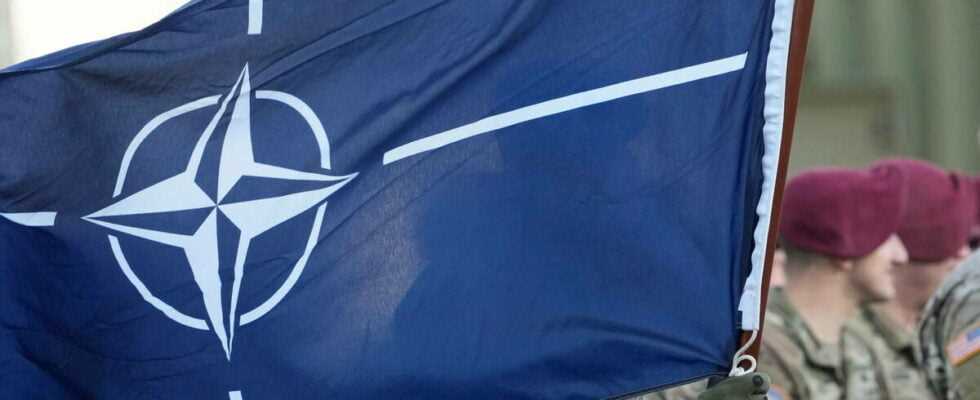The North Atlantic Treaty Organization has had a reserve of 40,000 soldiers for twenty years, including a small part of elite troops capable of rapid intervention which have begun to deploy near Ukraine.
“We are deploying the Reaction Force for the first time as part of collective defense to avoid excesses [de la guerre en Ukraine] on Alliance territory. in eastern Europe, NATO Secretary General Jens Stoltenberg announced on Friday.
Operation
The North Atlantic Treaty Organization Response Force, elements of which are deployed in response to the Russian invasion of Ukraine, is a rapidly deployable military corps. It was created in 2002 and has been operational since 2004, indicates the site of the Alliance. It wants to be the armed arm of NATO, capable of carrying out a wide range of operations: humanitarian, evacuations, crisis management, defense or response to terrorism.
Governed by the Allied Joint Force Command based in Brunssum (Netherlands), the Force can be deployed on “a political decision taken by consensus, on a case-by-case basis, by all the Allies” brought together in the North Atlantic Council.
The composition
It permanently has 40,000 soldiers, some of whom can move within two to three days. The 30 member countries of the Alliance assign units there in rotation for a period of twelve months. These remain based in their country but can deploy as soon as necessary.
This body “multinational with high level of readiness and employing advanced technologies”continues the site, brings together land, air and maritime forces, but also “special operations forces” (combat, reconnaissance and anti-terrorism missions) and a CBRN (chemical, biological, radiological and nuclear) defense force.
The elite force
Since 2014, the Response Force has been strengthened with the creation within it of an elite spearhead, the “Very High Readiness Joint Task Force” (VJTF). It now has 20,000 fighters, including a multinational land brigade of around 5,000 soldiers and air, sea and special operations forces components.
The VJTF is “regularly subjected to exercises which aim to test its aptitude and to respond to any emerging crisis”, according to the covenant. Based in their country, these soldiers are “permanently available and able to deploy within days to defend any Alliance country”. Since December, the entire VJTF has been in “five-day warning period”.
The leadership of the VJTF rotates annually between the countries of the Alliance: France assumes command for the year 2022, succeeding Turkey and preceding Germany in 2023.
This year, the Franco-German Brigade, 3,500 strong and led from Lille, constitutes the “core” of this force. France currently provides 7,000 soldiers to the VJTF, all arms combined.
Past deployments
In addition to exercises, the Response Force has so far ensured protection missions (Athens Olympic Games in 2004, presidential election in Afghanistan the same year) and contributed to relief operations after natural disasters (Katrina in the United States States, earthquake in Pakistan…).
The Force was also activated in August 2021 to evacuate Afghans who worked alongside NATO as well as their family members, after the country was taken over by the Taliban.
